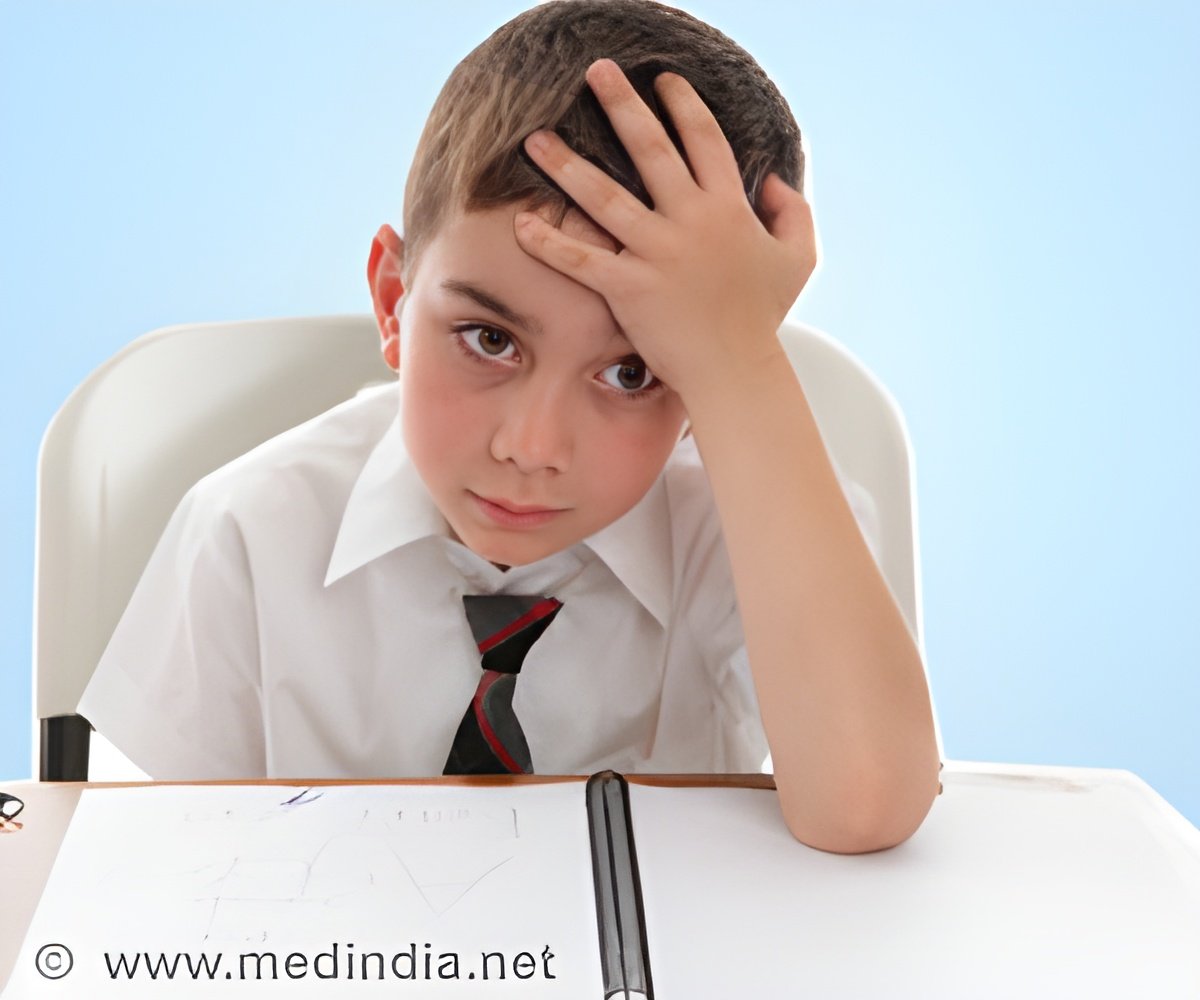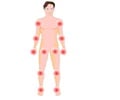A global child rights body has revealed that Nigeria had the highest number of out-of-school children in the world followed by Pakistan in the second place.

Of these children, seven million aged three to five did not receive any primary schooling.
The report added that Pakistan had reduced its spending on education from 2.6 percent to 2.3 percent of the GNP (gross national product) since the last decade, and it ranked 113th of the 120 countries included in the Education Development Index.
On the brighter side, at the province level, Punjab had the highest NER (net enrolment rate) for children in primary schools at 61 percent along with Sindh at 53 percent, Khyber Pakhtunkhwa at 51 percent, while Balochistan fared lowest at 47 percent.
Overall, Pakistan recorded an NER of 74.l percent for all age groups enrolled either in primary, secondary or higher education but the youth literacy rate was only 70.7 percent with only 61 percent of girls are literate as compared to 79 percent boys in the age group of 15-24 years.
The country is placed at the 129th position among the 135 countries on the Gender Gap Index 2012, according to the Global Gender Gap Report. 43 percent of children in Pakistan are afflicted with stunting; five years mortality rate has declined from 122 to 72 per 1,000 births in 2011; and 30 percent of polio cases worldwide along with 2.1 million cases of measles are found in this part of the world, along with a high instance of HIV.
In the absence of a national database on violence against children, it was difficult to account for the number of cases of physical violence, sexual abuse, trafficking, and recruitment in armed conflicts and acid attacks.
 MEDINDIA
MEDINDIA




 Email
Email




